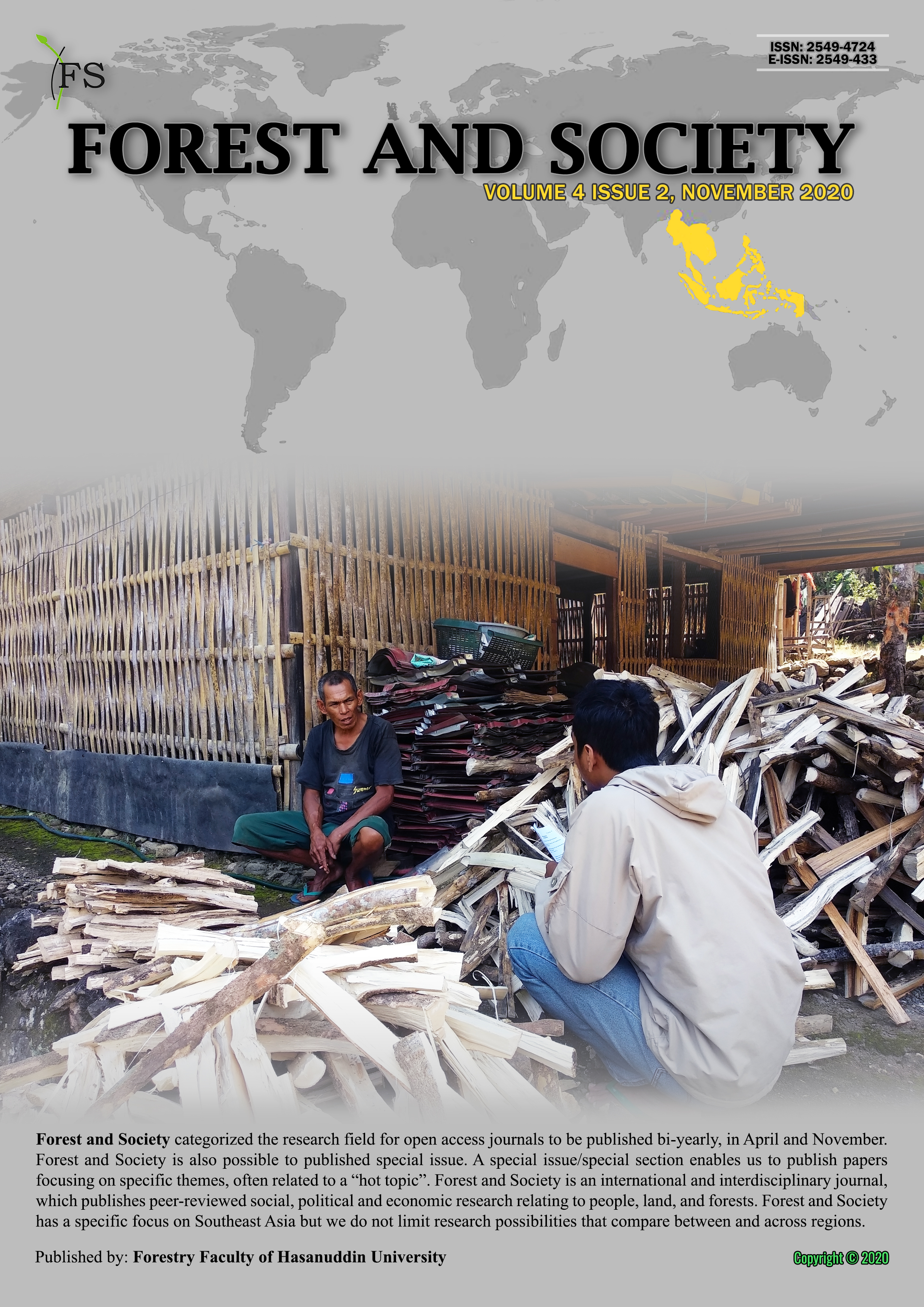The role of social forestry in achieving NDC targets: Study cases of Lampung and DI Yogyakarta
Abstract
Social Forestry (SF) in Indonesia has emerged as a keystone strategy for Sustainable Forest Management. By allocating 12.7 million ha of forest to be managed by local communities, the government has set in motion an ambitious plan for SF to reduce poverty, empower local people, and improve forest conditions. More recently, SF is framed for its opportunity to contribute to climate change mitigation and adaptation. This study focused on examining the contribution of SF to the Nationally Determined Contribution (NDC) goals in Yogyakarta and Lampung. By analyzing spatial data of SF areas and land cover changes using ArcView 10.8, the study assessed the carbon stock potential in SF areas. Carbon stock calculations were based on the 2022 National Forest Reference Level (FRL) for the periods before and after SF implementation. The finding of the study indicated that the carbon stock of SF areas in Yogyakarta and Lampung ranged from 9,214,381 to 9,923,420 ton CO2eq prior to SF, while the current carbon stock ranges from 8,703,489 to 9,393,706 ton CO2eq, representing a decrease (around 5.4%) rather than an increase. Overall, the changes in carbon stock were relatively small and localized, and the magnitude of the increase was insufficient to offset the overall decrease. To achieve the objectives of SF, such as meeting emission targets and achieving sustainable land use, it is crucial to carefully manage forest edges and fragmented forests, as they can contribute to carbon stock losses. Additionally, further studies and research are needed to improve the accuracy of carbon stock calculations, particularly for non-forest categories, which have higher uncertainty in the reference levels.

